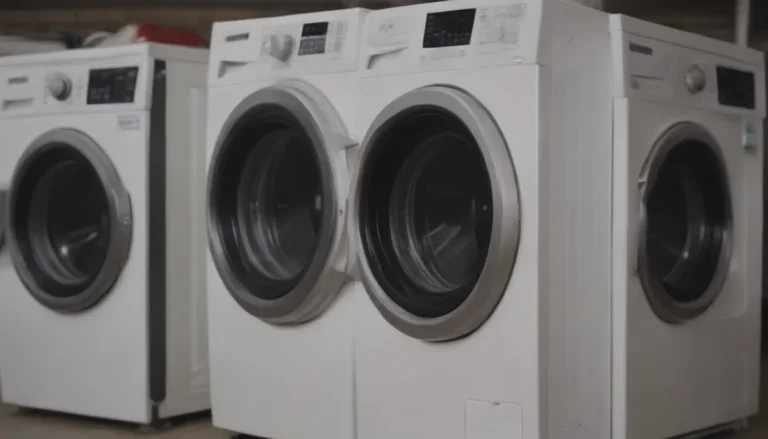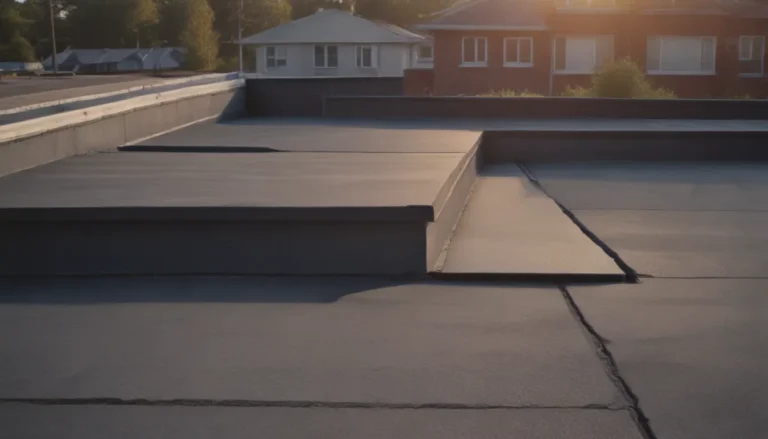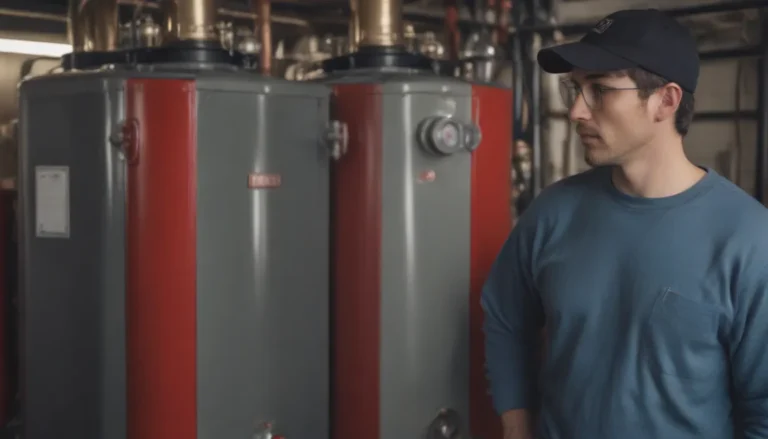How to Accurately Color Match Paint on Your Walls: A Comprehensive Guide

If you’ve ever experienced the frustration of trying to touch up your wall paint only to find that the color doesn’t quite match, you’re not alone. Over time, wall paint can fade, chip, or get damaged, leaving unsightly patches that need to be fixed. But fear not! In this comprehensive guide, we’ll walk you through three easy ways to perfectly color match paint on your walls, ensuring a seamless finish every time.
Why Color Matching is Important
Before we delve into the methods of color matching, let’s quickly discuss why it’s so crucial. Matching the color of your existing paint ensures that any touch-ups or repairs blend seamlessly with the surrounding area. The last thing you want is a patch of mismatched paint drawing attention to itself. By following the steps outlined below, you can achieve flawless results and maintain the aesthetic integrity of your space.
3 Easy Ways to Color Match Paint on Your Walls
-
Color Matching with a Wall Chip
-
Step 1: Start by cleaning the wall to remove any dirt, dust, or grime that may affect the color match.
- Step 2: Once the wall is clean, use a utility knife to scrape off a small sample of paint from an inconspicuous area.
-
Step 3: Take the paint sample to a paint store for professional analysis and find the perfect match for your wall color.
-
Color Matching with a Color Sample
-
Method 1: Take pictures of the original paint in different lighting conditions and compare them to paint swatches at the store.
-
Method 2: Pick up a few color samples that seem similar to the original paint and compare them to the existing wall color.
-
Color Matching with an App
-
Many paint manufacturers offer brand-specific apps for color matching, such as Sherwin-Williams, BEHR, and Valspar.
- Use the app to scan the existing wall color and ensure accurate color matching in various lighting conditions.
Understanding Paint Finishes
When matching paint colors, it’s essential to consider the finish of the paint as well. Different finishes, such as flat, eggshell, satin, semi-gloss, and gloss, can impact the final look of the paint. Here’s a quick overview of common paint finishes and where they are typically used:
- Flat: Ideal for busy areas like living rooms, dens, and hallways.
- Eggshell: Provides a slightly reflective finish suitable for bedrooms and home offices.
- Satin: Falls between matte and glossy and is often used in bedrooms and home offices.
- Semi-gloss: Has a highly reflective surface and is commonly used in bathrooms and kitchens.
Testing the Color Matched Paint
Before committing to a full can of paint, it’s wise to test the color match to ensure it meets your expectations. Some stores offer small paint samples for this purpose. Here’s how you can test the color matched paint:
- Apply a small patch of paint in an inconspicuous area to see how it looks in different lighting conditions.
- For a more accurate assessment, paint a one-foot by one-foot patch on the primary wall of the room.
- Allow the paint to dry completely before comparing it to the existing wall color.
By following these steps and testing the paint in various lighting conditions, you can ensure that the color match is perfect and seamless.
Final Thoughts
Color matching paint on your walls doesn’t have to be a daunting task. With the right approach and attention to detail, you can achieve professional results that blend seamlessly with your existing paint. Whether you choose to use a wall chip, a color sample, or a specialized app, the key is to take your time and ensure that the color and finish match perfectly. So next time you need to touch up your wall paint, you can do so with confidence, knowing that your walls will look flawless and well-coordinated. Happy painting!





